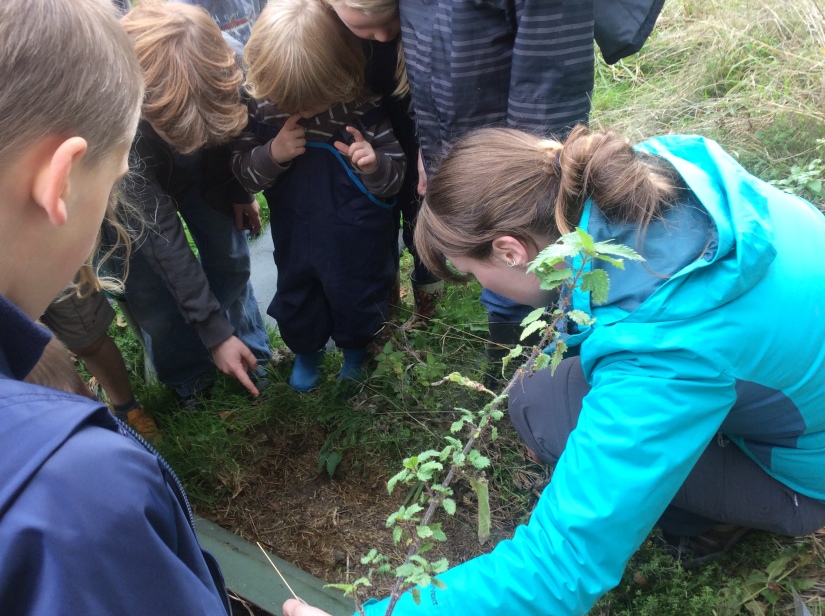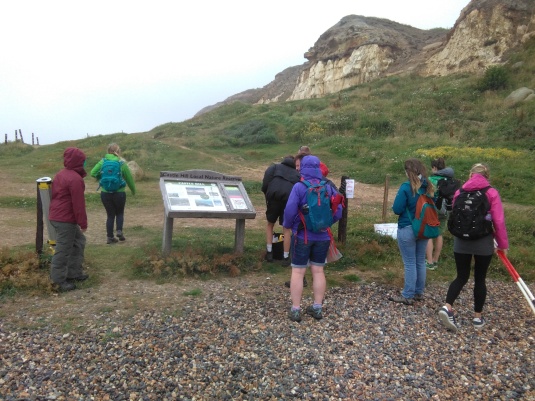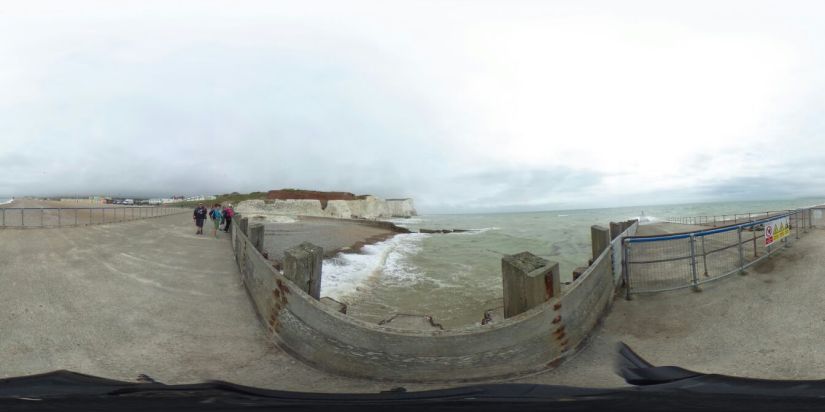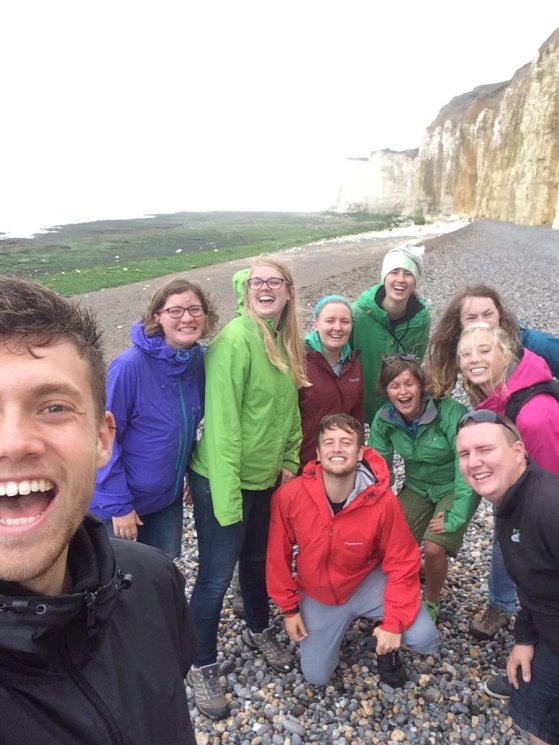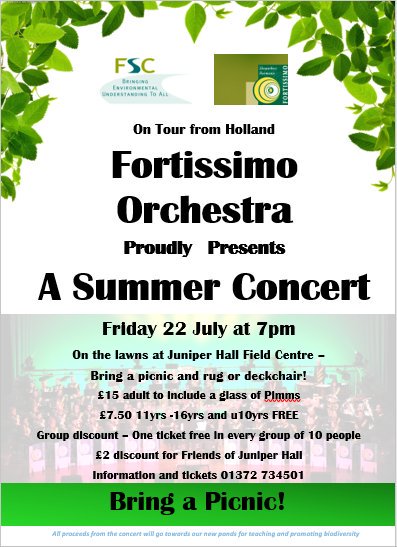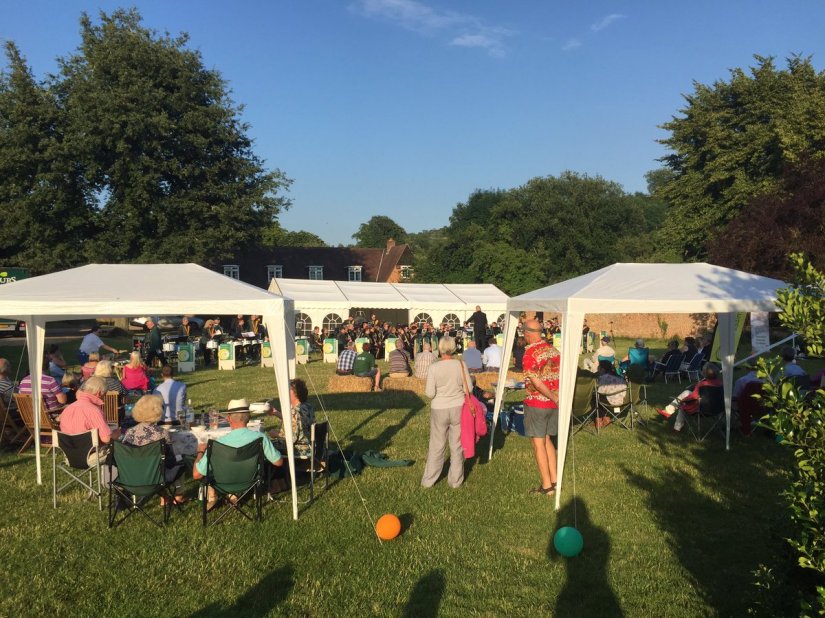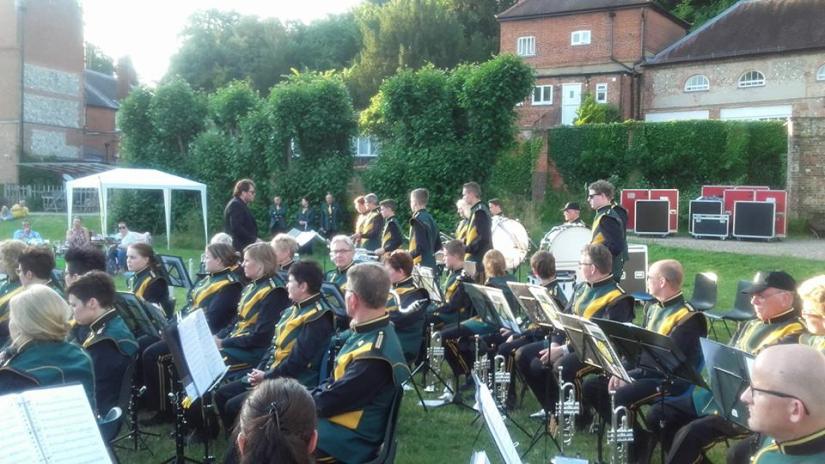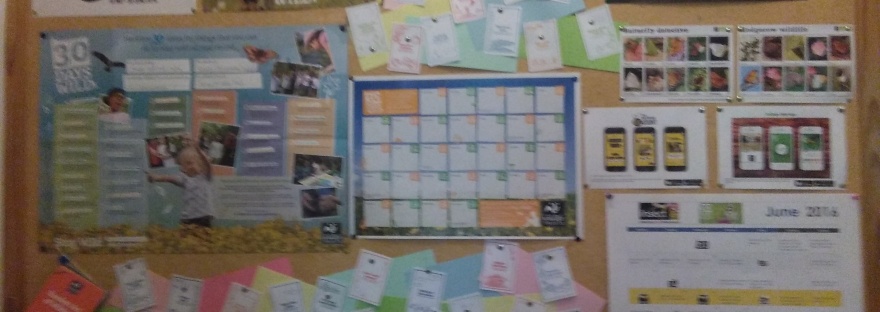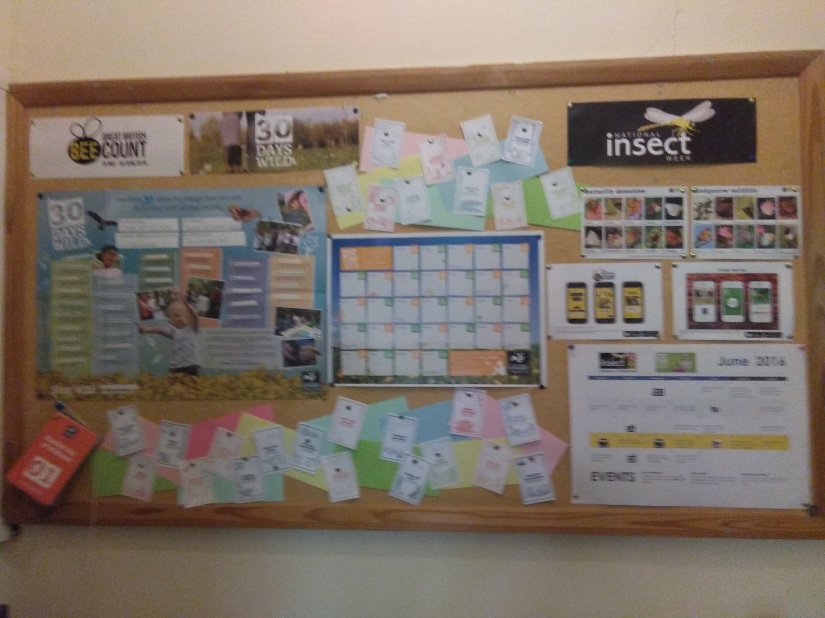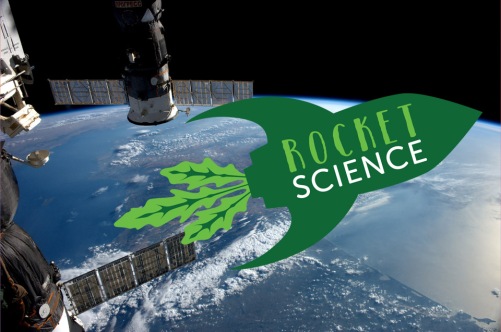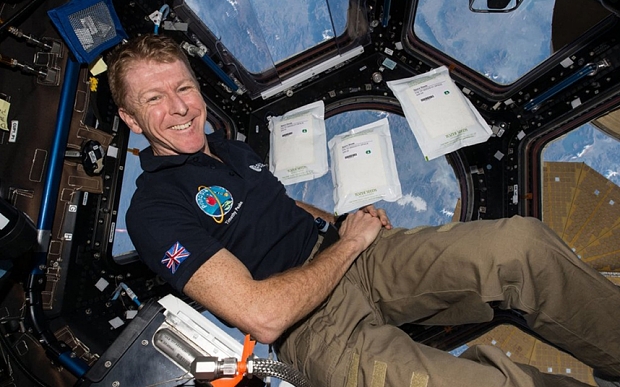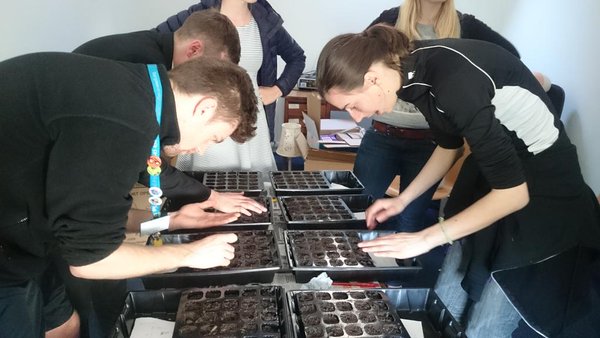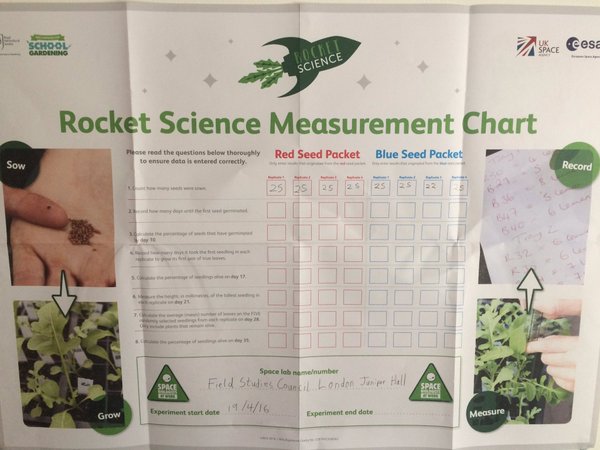By Rowena
I’ve not written a blog post for a while, because it’s just been incredibly busy! But I’ve got a little bit of time today. 2016 was a pretty intense year, but finished up by one of the most exciting events of the year- FSC Conference, this year at our very own Juniper Hall.
FSC conference is held every year for staff, to share ideas, meet people from other centres and have a bit of fun to celebrate the end of a successful year. I’ve never been to staff conference before- last year I was teaching!- so it was quite something to see it go from start to finish. First thing to arrive was the tent, and all the decorations had to be put up on monday…
The decorations were handmade, those on the trees by our amazing groundskeeper Sarah.
When tuesday afternoon rolled around, suddenly JH was teeming with people as staff from other centres flooded in. We happily met friends from Malham Tarn, Rhyd-y-creuau, Flatford Mill, Slapton… And the activities began!
The main event was day 2, when we all dispersed into groups to visit different places in London and the surrounding area to look at sustainability. One of the FSC’s core values is sustainability, so we wanted to look at companies who were doing this really well and how we could improve. Groups scattered to London Zoo, the Natural History Museum, London Wetland Centre, Marks & Spencer, the Crystal, Bushy Park and Leatherhead Youth Project. I went to Leatherhead Youth Project, as I’ve worked with them before, and we met staff there to discuss their values and how they share them. Their passion to make a difference to young peoples’ lives was inspiring, and we took a lot away to share back with the rest of conference the next day.
The evening of day 2 we had a barn dance in the tent out on the front lawn- the theme was “dress to impress”, and some of the costumes sure were impressive… and so was the dancing!

Spiral dance
Thursday was a quick morning roundin up our findings and what we wanted to take forward into the new year, then it was suddenly all over as we were waving goodbye to our new friends from all over the country. Till next year!








